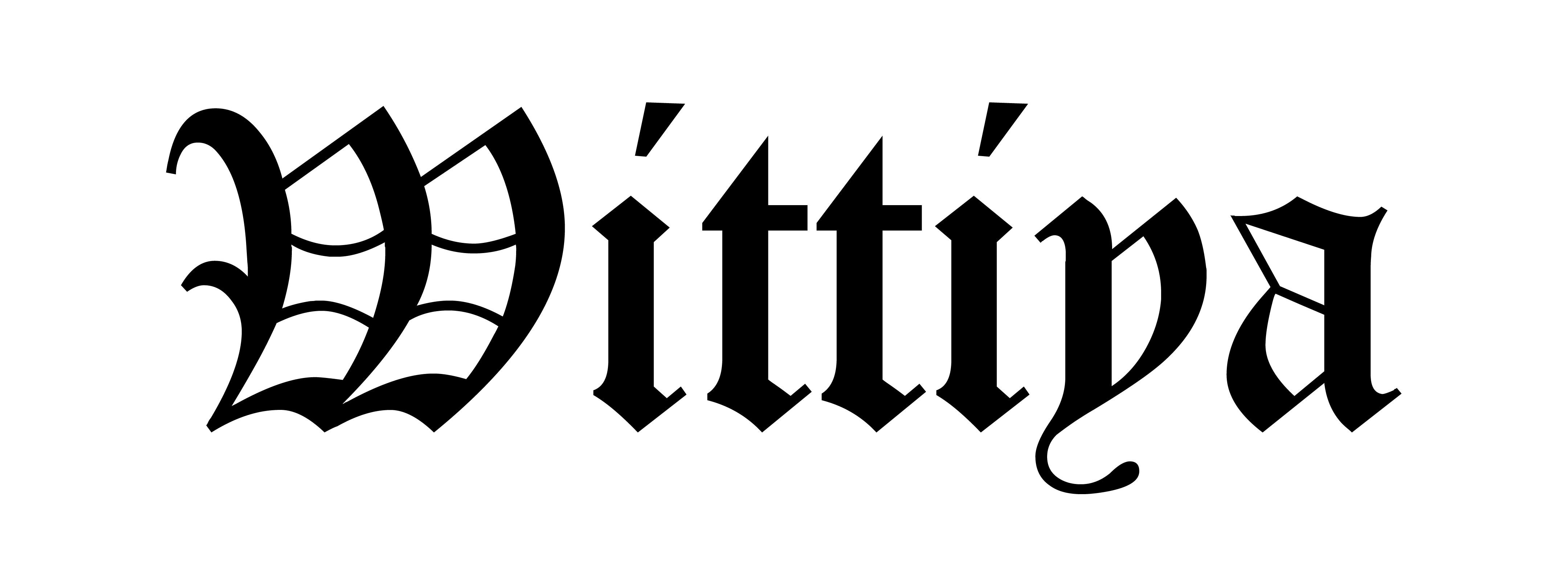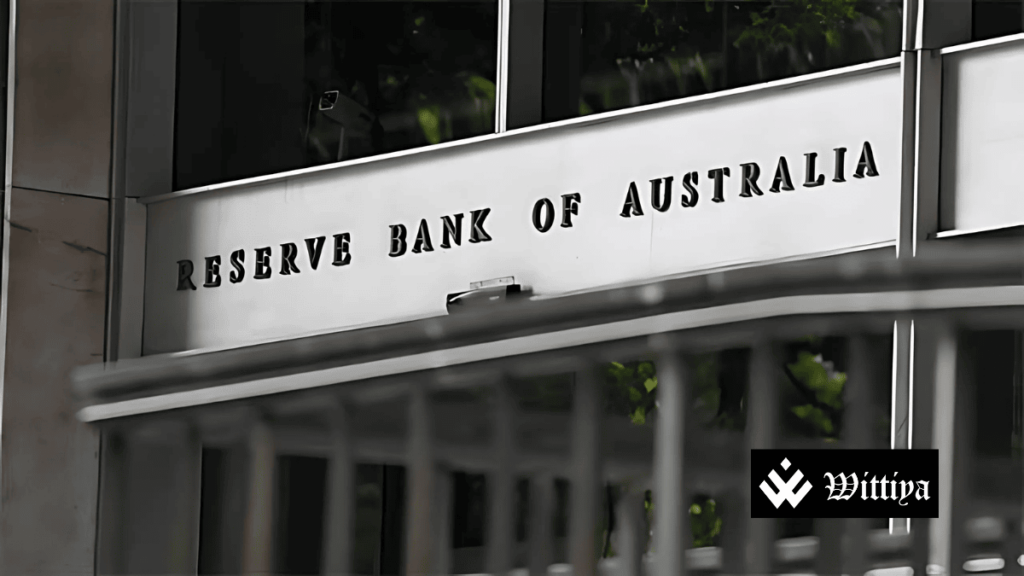The Reserve Bank of Australia (RBA) has cut its cash rate by 25 basis points to 4.10% on February 20, 2025, marking its first rate cut since 2020. The decision comes as core inflation shows signs of stabilizing, but the bank remains cautious about future policy moves.
The Reserve Bank of Australia (RBA), the country’s central bank responsible for monetary policy, has announced a 25 basis point cut in the cash rate, lowering it to 4.10%. This marks the first interest rate reduction since 2020, when the bank implemented emergency measures during the pandemic.
The decision follows recent economic data showing a decline in core inflation, which now appears on track to return to the RBA’s target band. However, the central bank emphasized a cautious outlook, leaving uncertainty about future rate cuts.
First Rate Cut in Over a Year
The RBA’s monetary policy board met on February 20 and decided to ease rates after maintaining a steady policy for over a year. The bank cited improving inflation trends as a key factor in its decision but refrained from committing to further cuts in the near term.
The progress in bringing inflation back within the target range is encouraging, However, risks remain, and the board will assess future decisions based on evolving economic conditions.”
Michele Bullock, Governor of Reserve Bank of Australia
Inflation and Economic Outlook
Australia’s inflation rate had remained persistently high for much of 2024, prompting the RBA to maintain elevated interest rates. However, recent reports indicate a slowdown in price increases, particularly in key sectors such as housing and services.
Economic analysts note that while inflation is easing, wage growth and consumer spending remain areas of concern. The RBA’s move is expected to provide relief to borrowers and businesses, though the full impact will depend on broader economic trends.
What’s Next for Australia’s Monetary Policy?
Despite the rate cut, the RBA has provided little guidance on whether it will ease policy again at its next meeting in April. Financial markets are closely watching inflation data and labor market performance to gauge the central bank’s next steps.
With Australia’s economic growth slowing in late 2024, policymakers are balancing inflation control with the need to support economic activity. The February rate cut suggests that the RBA is willing to adjust policy as needed, but will remain cautious in its approach.
The RBA’s decision to lower the cash rate to 4.10% signals a shift in Australia’s monetary policy after a period of high interest rates. While inflation appears to be moderating, the central bank remains vigilant about economic risks. The coming months will be crucial in determining whether further easing measures will be implemented.



